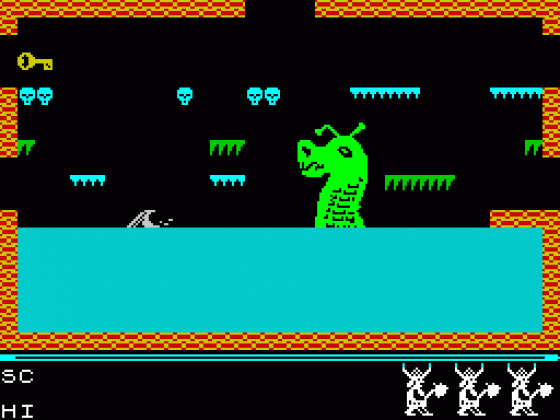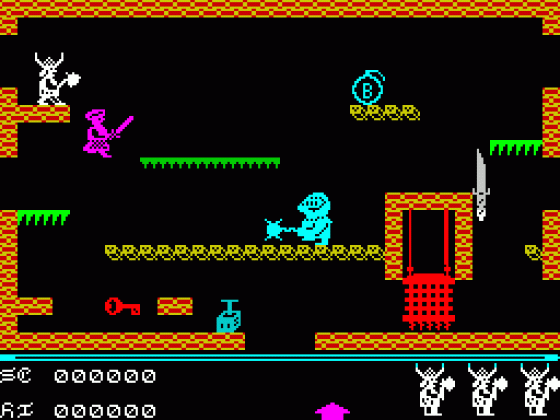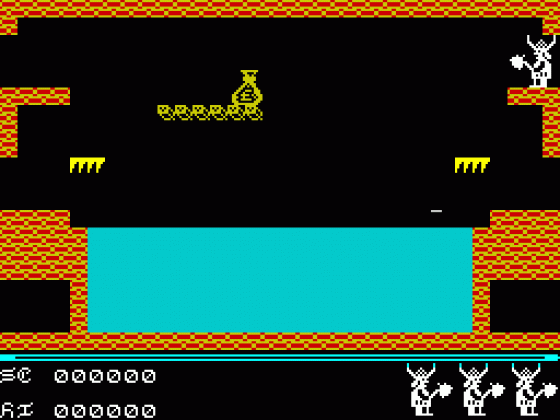Other Reviews Of Brian Bloodaxe For The Spectrum 48K
Brian Bloodaxe
A review by Sandra Grandison (Personal Computer News)
Brian Bloodaxe (The Edge)
A review by (Crash)
Brian Bloodaxe (The Edge)
A review by Steve Cooke (Personal Computer Games)
Brian Bloodaxe (The Edge)
A review by Chris Bourne (Sinclair User)
Brian Bloodaxe (The Edge)
A review


 1st June 1985
1st June 1985







